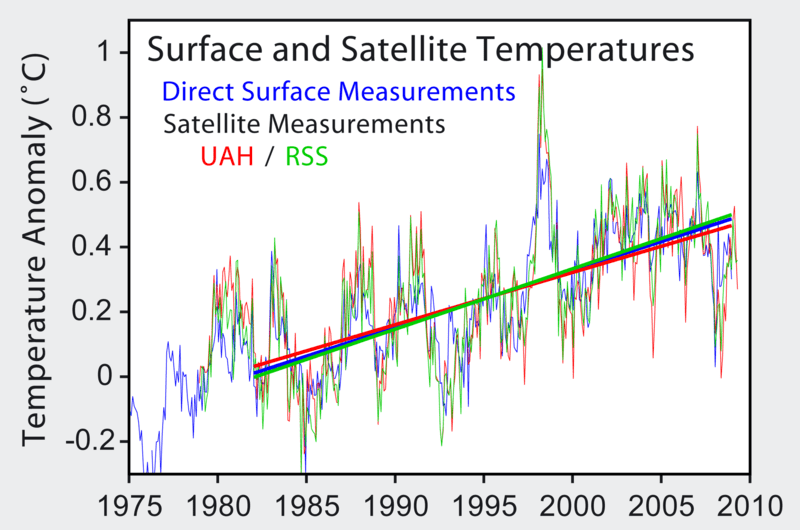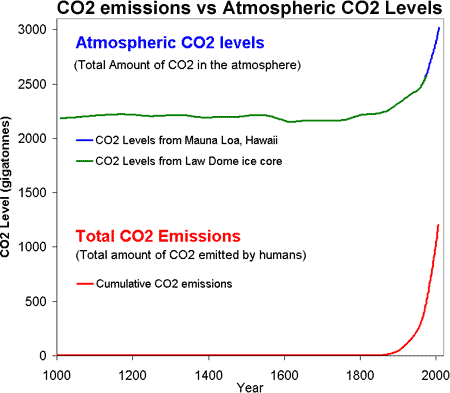I guess you don't keep up with GAO reports huh? It seems that yes indeed, the weather stations are sighted in violation of regulations all over the damned place. In front of air conditioner unit exhausts (where it's really hot), in the middle of the tarmac at airports (where you get the benefit of all that blacktop warming) etc. etc. etc.
As a physicist you certainly realise that accurate data measurement is critical to any scientific endeavor, yet when it comes to climatology all of the normal protocols go right out the window...why is that?

Why do you condone it? If you're a legit scientist?

"In choosing USHCN stations from a larger set of existing weather-monitoring stations, NOAA placed a high priority on achieving a relatively uniform geographic distribution of stations across the contiguous 48 states. NOAA balanced geographic distribution with other factors, including a desire for a long history of temperature records, limited periods of missing data, and stability of a station's location and other measurement conditions, since changes in such conditions can cause temperature shifts unrelated to climate trends. NOAA had to make certain exceptions, such as including many stations that had incomplete temperature records. In general, the extent to which the stations met NOAA's siting standards played a limited role in the designation process, in part because NOAA officials considered other factors, such as geographic distribution and a long history of records, to be more important. USHCN stations meet NOAA's siting standards and management requirements to varying degrees. According to GAO's survey of weather forecast offices, about 42 percent of the active stations in 2010 did not meet one or more of the siting standards. With regard to management requirements, GAO found that the weather forecast offices had generally but not always met the requirements to conduct annual station inspections and to update station records. NOAA officials told GAO that it is important to annually visit stations and keep records up to date, including siting conditions, so that NOAA and other users of the data know the conditions under which they were recorded. NOAA officials identified a variety of challenges that contribute to some stations not adhering to siting standards and management requirements, including the use of temperature-measuring equipment that is connected by a cable to an indoor readout device--which can require installing equipment closer to buildings than specified in the siting standards. NOAA does not centrally track whether USHCN stations adhere to siting standards and the requirement to update station records, and it does not have an agencywide policy regarding stations that do not meet its siting standards. Performance management guidelines call for using performance information to assess program results. NOAA's information systems, however, are not designed to centrally track whether stations in the USHCN meet its siting standards or the requirement to update station records. Without centrally available information, NOAA cannot easily measure the performance of the USHCN in meeting siting standards and management requirements. Furthermore, federal internal control standards call for agencies to document their policies and procedures to help managers achieve desired results. NOAA has not developed an agencywide policy, however, that clarifies for agency staff whether stations that do not adhere to siting standards should remain open because the continuity of the data is important, or should be moved or closed. As a result, weather forecast offices do not have a basis for making consistent decisions to address stations that do not meet the siting standards. GAO recommends that NOAA enhance its information systems to centrally capture information useful in managing the USHCN and develop a policy on how to address stations that do not meet its siting standards. NOAA agreed with GAO's recommendations."
U.S. GAO - Climate Monitoring: NOAA Can Improve Management of the U.S. Historical Climatology Network







